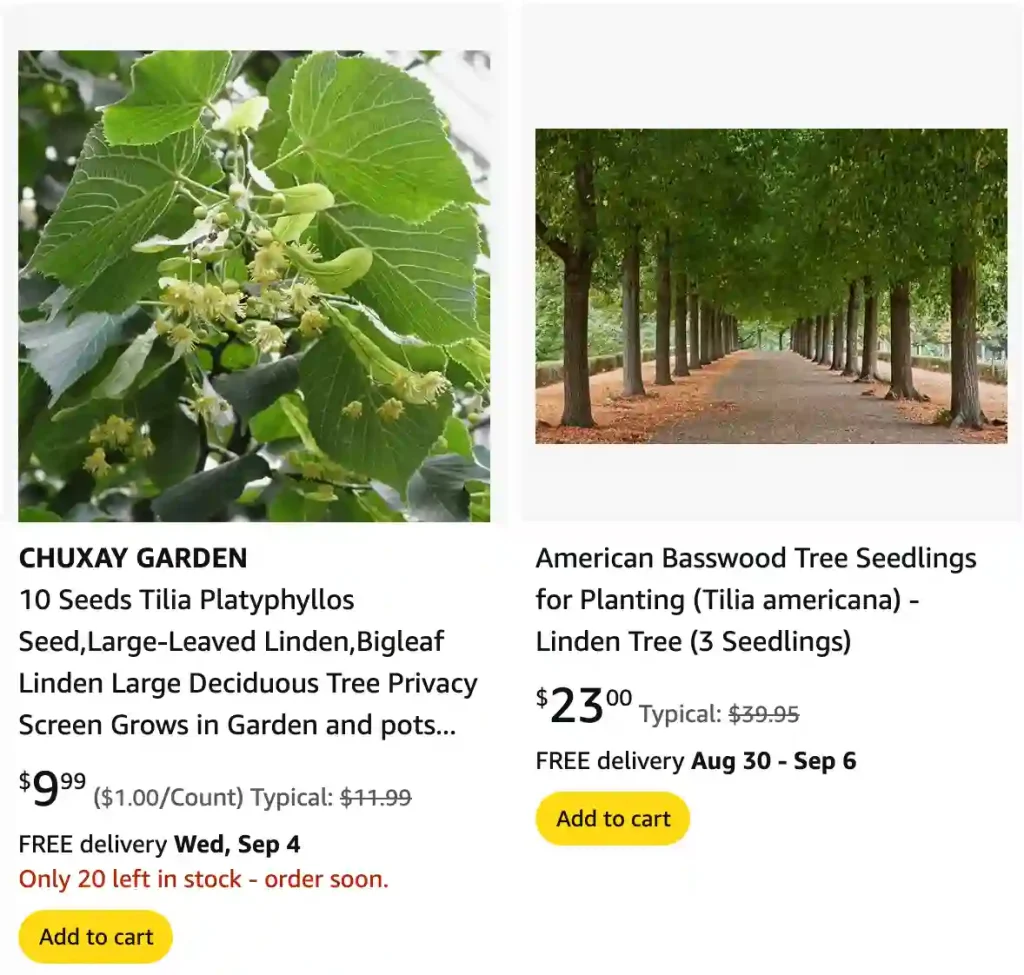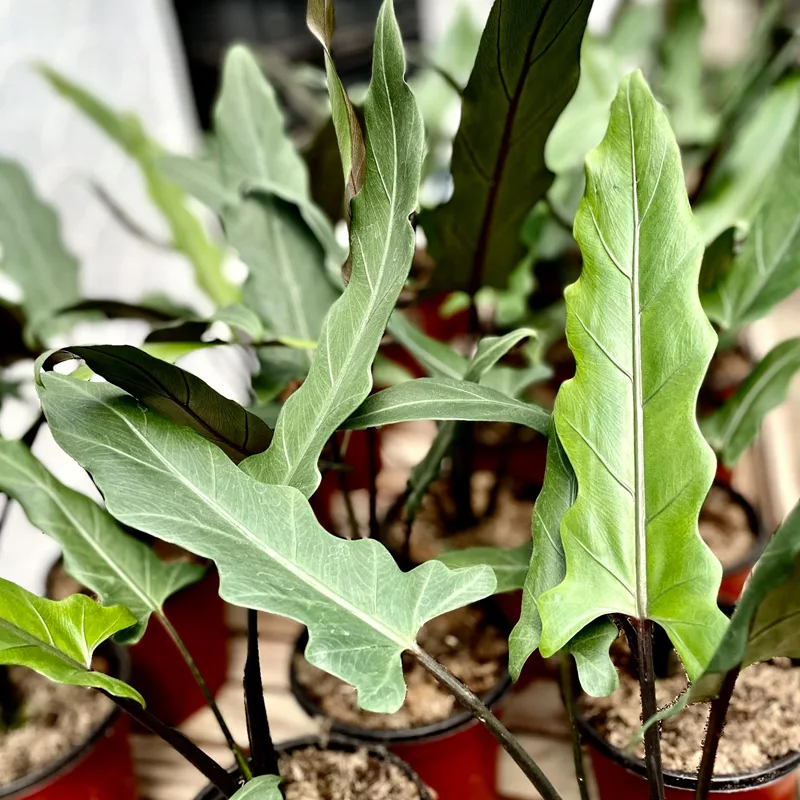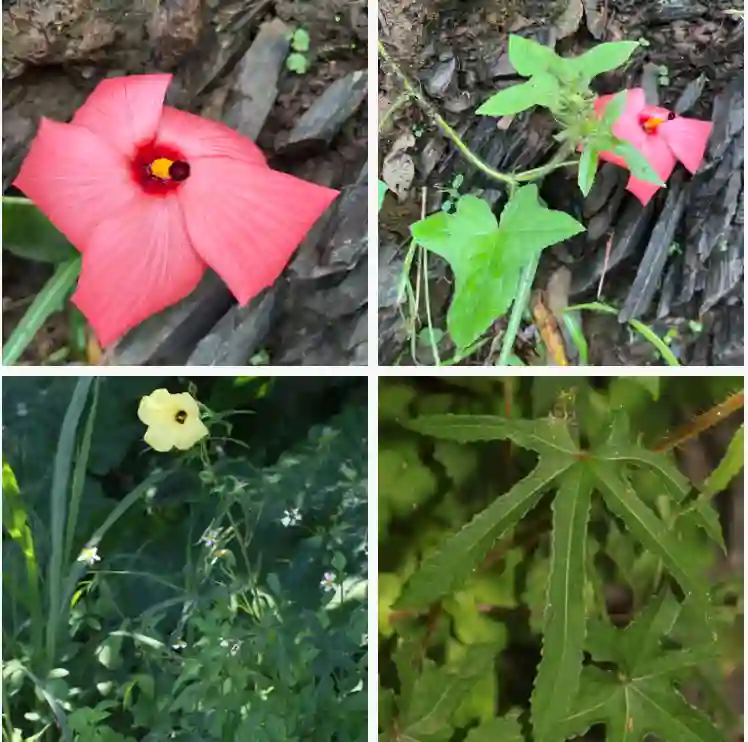
What Is a Linden Tree?
A Linden Tree, also known as Tilia, belong to the Malvaceae family, is a majestic species renowned for its beauty and resilience. These trees are native to the northern hemisphere and are often admired for their heart-shaped leaves and fragrant blossoms. I’ve always been fascinated by Linden Trees because of their graceful presence in landscapes and their versatility in various settings, from urban parks to residential gardens.
A Diverse Genus
The Tilia genus encompasses a wide variety of species, each with its unique characteristics. Here are:
- Tilia americana L.
- Tilia amurensis Rupr.
- Tilia callidonta Hung T.Chang
- Tilia chinensis Maxim.
- Tilia chingiana Hu & W.C.Cheng Plant FAQs: Tilia Chingiana
- Tilia × cinerascens (Rehder & E.H.Wilson) Pigott
- Tilia concinna Pigott
- Tilia cordata Mill.
- Tilia dasystyla Steven
- Tilia endochrysea Hand.-Mazz.
- Tilia × euchlora K.Koch
- Tilia × europaea L.
- Tilia × haynaldiana Simonk.
- Tilia henryana Szyszył.
- Tilia hyrcana Tabari & Colagar
- Tilia japonica (Miq.) Simonk.
- Tilia jiaodongensis S.B.Liang
- Tilia × juranyiana Simonk.
- Tilia kiusiana Makino & Shiras.
- Tilia kueichouensis Hu
- Tilia likiangensis Hung T.Chang
- Tilia mandshurica Rupr. & Maxim.
- Tilia maximowicziana Shiras.
- Tilia membranacea Hung T.Chang
- Tilia mexicana Schltdl.
- Tilia miqueliana Maxim. Plant FAQs: Tilia Miqueliana
- Tilia mongolica Maxim.
- Tilia nobilis Rehder & E.H.Wilson
- Tilia × noziricola Hisauti
- Tilia occidentalisibirica Charit.
- Tilia oliveri Szyszył.
- Tilia paucicostata Maxim.
- Tilia platyphyllos Scop. Plant FAQs: Tilia Platyphyllos
- Tilia sabetii H.Zare
- Tilia stellatopilosa Zare, Amini & Assadi
- Tilia toboliensis Charit.
- Tilia tomentosa Moench
- Tilia tuan Szyszył.
These species vary in size, leaf shape, flower color, and geographic distribution. They have adapted to a range of climates and soil conditions, demonstrating the resilience and adaptability of the Tilia genus.
Are Linden Trees Messy?
One common question I get is whether Linden Trees are messy. Honestly, they can be a bit of a mixed bag. During their bloom period, which is usually in late spring or early summer, they shed a lot of small, fragrant flowers. These flowers can fall and create a bit of a mess on the ground. Additionally, Linden Trees drop leaves in the fall, which, like any deciduous tree, requires raking. However, their benefits often outweigh this minor inconvenience.
Where Do Linden Trees Grow?
Linden Trees thrive in a range of environments but prefer temperate climates. They’re common in North America, Europe, and parts of Asia. I’ve seen them growing in urban areas, where they provide much-needed shade and beautify streetscapes. They prefer well-drained soil and full sun to partial shade, making them quite adaptable to various soil conditions.
When Do Linden Trees Bloom?
The bloom period for Linden Trees is one of their highlights. They typically bloom from late June to early July. During this time, their fragrant, creamy-yellow flowers attract bees and other pollinators, which is great for local biodiversity. The scent can be quite sweet, and I’ve found it quite delightful when walking near a blooming Linden Tree.
How Fast Do Linden Trees Grow?
Linden Trees are known for their moderate to fast growth rate. They can grow about 1 to 2 feet per year, depending on the conditions. This growth rate makes them a good choice if you’re looking to quickly establish a shade tree in your garden. From my experience, they can reach a height of 50 to 70 feet over several decades, providing ample shade and beauty.
How Long Do Linden Trees Live?
One of the reasons Linden Trees are so valued is their longevity. They can live for over 100 years, with some specimens reaching 200 years or more. This long lifespan makes them a significant investment for any landscape. I’ve seen some old Linden Trees in historical gardens and public spaces that serve as living monuments to the past.
Do Linden Trees Smell?
Yes, Linden Trees have a distinct and pleasant fragrance when they bloom. The scent of their flowers is often described as sweet and honey-like. This fragrance attracts pollinators and adds a lovely aroma to the surrounding area. In my opinion, this is one of the most charming aspects of having a Linden Tree nearby.
When Do Linden Trees Leaf Out?
Linden Trees typically leaf out in late spring. The leaves emerge after the threat of frost has passed, which usually occurs around May or early June. They have a lush green appearance that lasts throughout the growing season, providing a beautiful canopy of shade.
Where to Buy a Linden Tree?
If you’re interested in adding a Linden Tree to your landscape, there are several options for purchasing one. Local nurseries and garden centers often carry them, especially in regions where they grow well. You can also find Linden Trees from online plant retailers. When buying, make sure to choose a reputable source to ensure you’re getting a healthy, well-cared-for tree.
Linden Tree vs Basswood
Many people confuse Linden Trees with Basswood, but they are essentially the same. The term “Basswood” is often used interchangeably with “Linden Tree” in the United States. The confusion arises from regional naming conventions, but they refer to the same genus of tree.
Linden Tree vs Bradford Pear
Linden Trees and Bradford Pears are quite different. Bradford Pears are known for their rapid growth and striking white flowers, but they have a reputation for weak branches and susceptibility to storm damage. Linden Trees, on the other hand, are more durable and offer a pleasant fragrance. The Bradford Pear’s invasive nature is another downside compared to the more eco-friendly Linden Tree.
Linden Tree vs Aspen Tree
Linden Trees and Aspen Trees differ significantly. Aspens are known for their white bark and vibrant fall colors, while Lindens have heart-shaped leaves and a fragrant bloom. Aspens grow in clonal groups and can spread aggressively, whereas Linden Trees are typically single-stemmed and provide a more structured canopy.
Linden Tree vs Lime Trees
The term “Lime Tree” is often used in different contexts. In the U.S., it can refer to the Linden Tree (Tilia), while in other parts of the world, it might refer to Citrus trees that produce limes. So, while they share the name, Linden Trees and Citrus Lime Trees are quite different in terms of appearance and uses.
Linden Tree vs Pine Tree
Pine Trees and Linden Trees are fundamentally different. Pines are evergreen conifers, known for their needle-like leaves and cones. In contrast, Linden Trees are deciduous and have broad, heart-shaped leaves. Pines are often used for timber and as ornamental trees in landscapes, while Lindens are valued for their shade and floral display.
Linden Tree vs Sycamore
Linden Trees and Sycamores also have distinct differences. Sycamores are known for their large leaves and peeling bark, while Linden Trees have smaller, heart-shaped leaves and smooth bark. Sycamores can grow much larger and are often used for their shade, whereas Lindens are celebrated for their fragrance and longevity.
How to Care for a Linden Tree
Caring for a Linden Tree is relatively straightforward. They need regular watering, especially during dry periods. Mulching around the base can help retain moisture and suppress weeds. Pruning is generally minimal but can be done to maintain shape or remove dead branches.
How to Propagate a Linden Tree
Propagating Linden Trees can be done through seeds or cuttings. Seeds should be stratified (chilled) before planting. For cuttings, take semi-hardwood cuttings in late summer and root them in a well-draining medium.
What to Plant with Linden Trees
Linden Trees pair well with a variety of other plants. Consider planting shade-tolerant groundcovers like hostas or ferns underneath them. They also look great alongside flowering shrubs and perennials that can complement their beauty.
Is It Toxic?
Linden Trees are not toxic to humans or animals. Their flowers are sometimes used in herbal teas for their calming properties. However, as with any plant, it’s always a good idea to ensure that your pets do not ingest large quantities.
Benefits and Common Problems
Linden Trees offer numerous benefits, including providing shade, improving air quality, and supporting local pollinators. They are generally hardy but can suffer from occasional pests like aphids or fungal diseases. Regular maintenance and proper care can mitigate these issues.
In conclusion, Linden Trees are a versatile and attractive choice for many landscapes. Their beauty, fragrance, and longevity make them a worthy addition to any garden. Whether you’re considering them for their aesthetic appeal or their ecological benefits, Linden Trees are definitely worth the investment.
If i die, water my plants!



